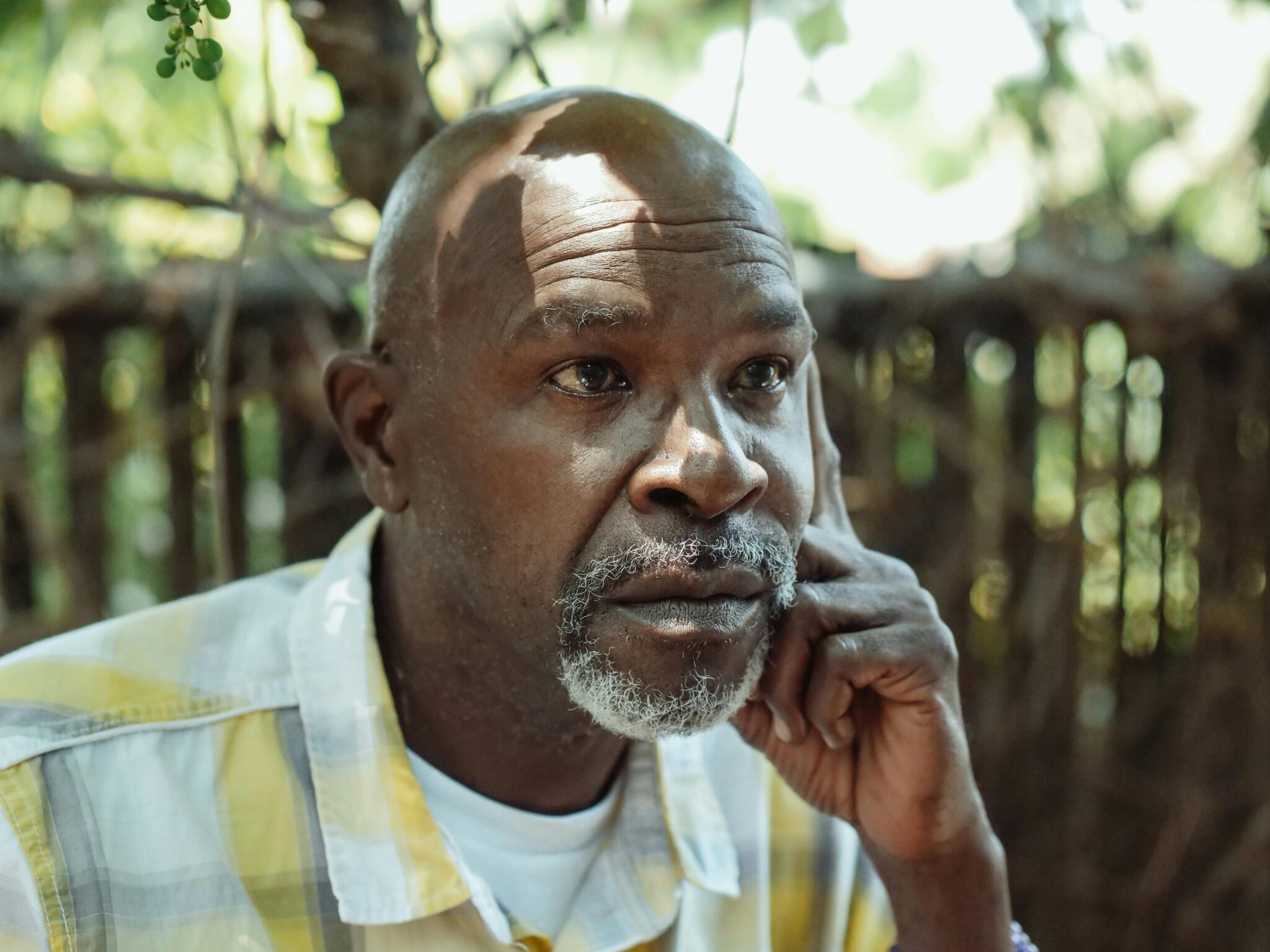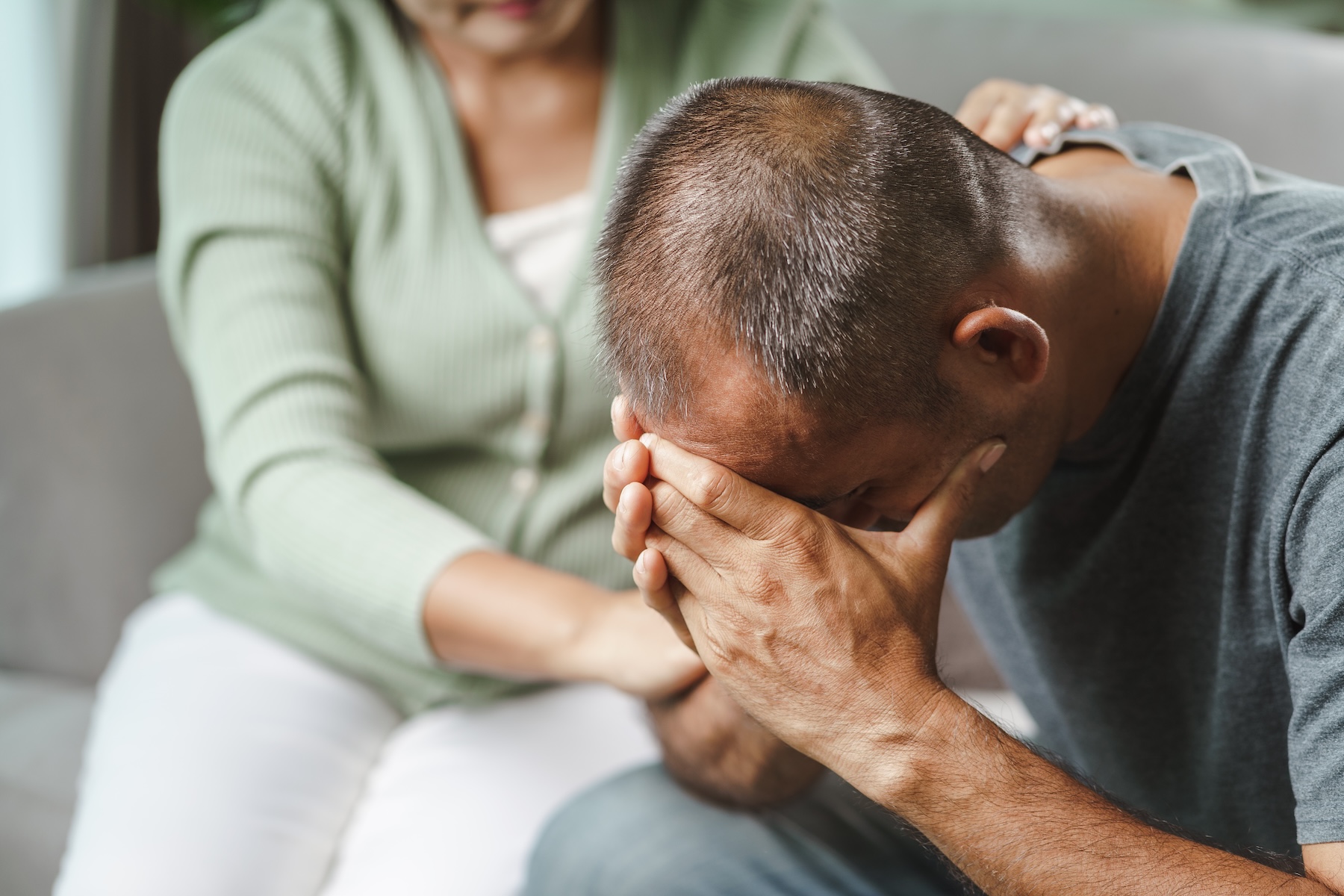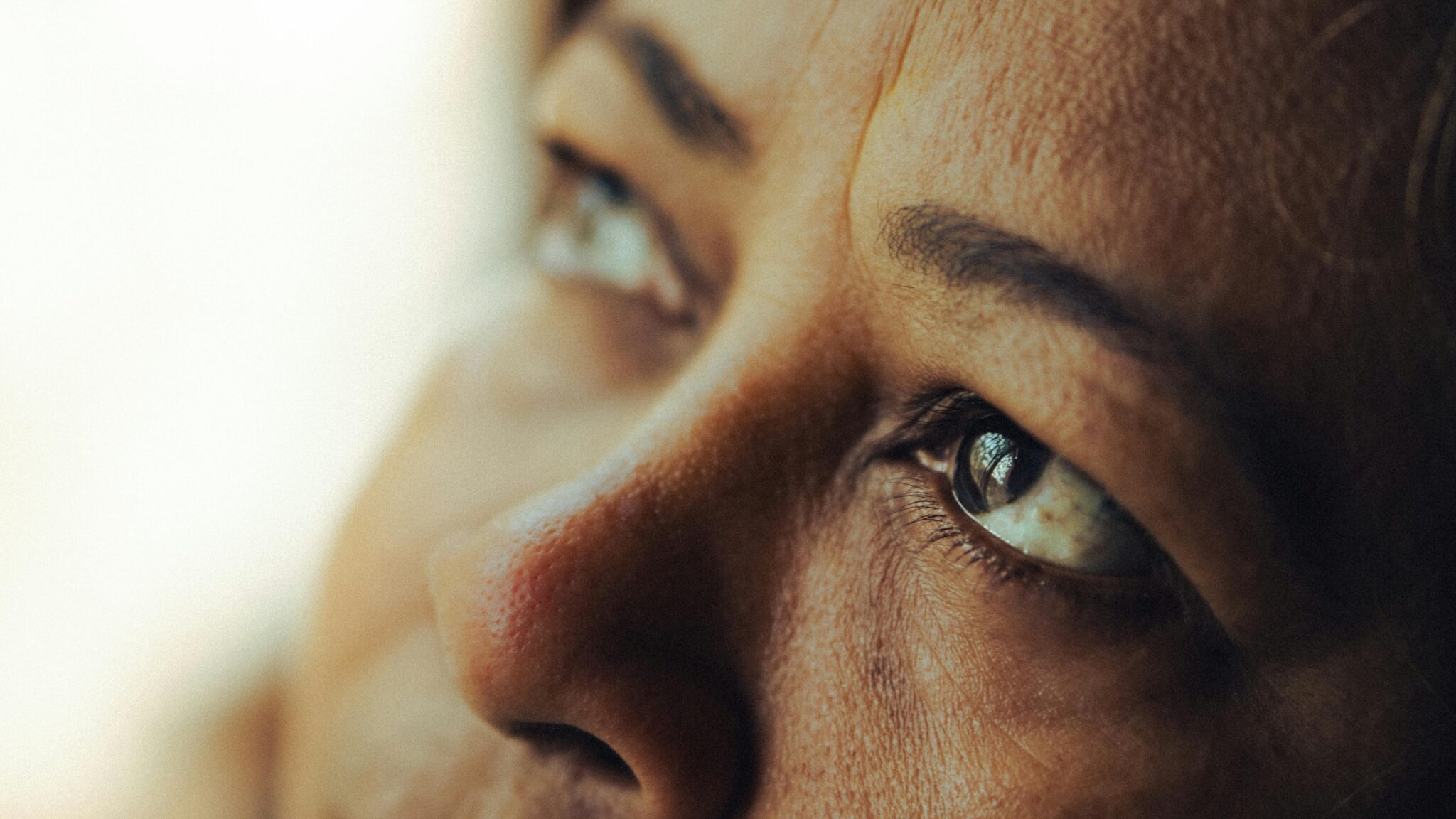Fear of Death and Mortality

Introduction
The fear of death and mortality, often referred to as thanatophobia, is a deeply rooted anxiety that many people experience at some point in their lives. For some, it becomes a persistent and overwhelming fear, interfering with their emotional well-being and daily activities. Managing this fear holistically, alongside conventional approaches, can provide a sense of peace and clarity. Practices like EMDR, Reiki, yoga, and mediumship offer effective ways to address the physical, mental, and spiritual aspects of this condition, fostering a balanced perspective on life and death.
What is Fear of Death?
The fear of death, or thanatophobia, is an anxiety disorder characterized by an intense preoccupation with one’s own mortality or the concept of death itself. While it’s natural to think about death occasionally, individuals with thanatophobia may experience persistent thoughts and distress that significantly affect their quality of life.
Key types or characteristics of this condition include:
- Fear of Personal Death: Worrying about the process of dying, pain, or the unknown.
- Fear of the Death of Loved Ones: Anxiety over losing close family members or friends.
- Existential Anxiety: Struggling with the meaning of life and the concept of impermanence.
Symptoms
This condition can present through a combination of physical, emotional, and behavioral symptoms, such as:
- Physical Symptoms: Rapid heartbeat, sweating, shortness of breath, and tension in the chest or stomach during intrusive thoughts about death.
- Emotional Symptoms: Overwhelming fear, sadness, or panic when thinking about mortality.
- Cognitive Symptoms: Persistent, intrusive thoughts about death, the afterlife, or the meaning of life.
- Behavioral Symptoms: Avoidance of discussions about death, funerals, or situations that trigger thoughts of mortality.
Causes and Contributing Factors
The fear of death and mortality is influenced by a range of genetic, psychological, and environmental factors:
- Traumatic Experiences: Witnessing or experiencing a life-threatening event can trigger heightened awareness of mortality.
- Cultural and Religious Influences: Cultural narratives about death or unresolved questions about the afterlife may contribute to fear, as explored by the Journal of Anxiety Disorders.
- Childhood Conditioning: Early exposure to discussions or experiences of death can shape one’s perception of mortality.
- Mental Health Disorders: Anxiety disorders, depression, or obsessive-compulsive tendencies can exacerbate fears about death.
- Aging or Health Decline: As individuals age or face health challenges, mortality becomes more salient, triggering existential anxiety, according to the World Health Organization.
- Lack of Spiritual Connection: A disconnection from spiritual practices or beliefs can intensify existential uncertainty and fear.
Conventional Approaches to Treatment
Traditional approaches to managing the fear of death and mortality focus on addressing underlying anxiety and providing coping mechanisms:
- Psychotherapy:
- Cognitive Behavioral Therapy (CBT) helps reframe negative thought patterns and develop healthier perspectives about death.
- Exposure therapy involves gradual exposure to discussions or thoughts about death to reduce fear over time.
- Medications:
- Anti-anxiety medications or antidepressants may be prescribed to manage acute symptoms.
- Beta-blockers can help control physical symptoms like rapid heartbeat during moments of fear.
- Support Groups: Engaging in discussions with others who share similar fears can foster connection and reduce feelings of isolation.
- Educational Resources: Learning about the natural processes of life and death can demystify fears and build understanding.
Holistic and Alternative Treatments
Holistic approaches focus on addressing the fear of death from a mind-body-energy-spirit perspective:
- EMDR (Eye Movement Desensitization and Reprocessing): EMDR helps individuals process unresolved trauma and reduce the emotional intensity of death-related fears.
- Reiki: By promoting deep relaxation and balancing energy, Reiki can help individuals release fear and connect with a sense of universal peace.
- Yoga: Practicing yoga supports physical and emotional balance. Mindful movements and breathing exercises like pranayama help calm the nervous system and cultivate present-moment awareness.
- Mediumship & Spiritualism: Connecting with loved ones who have passed, through mediumship & spiritualism, can provide comfort and reassurance about the continuity of the soul, alleviating fears of finality.
- Religion & Spiritual Beliefs: Exploring religion and spiritual beliefs fosters a sense of purpose and connection to something greater. Rituals, prayer, and faith can provide solace and guidance when confronting mortality.
- Meditation: Guided meditation focusing on acceptance and impermanence helps individuals explore their fears in a safe and reflective space.
- Crystal Healing: Stones like amethyst and rose quartz, used in crystal healing, are believed to reduce anxiety and promote a sense of safety and acceptance.
- Past Lives and Karma: Exploring past lives through regression therapy can help individuals understand and release deep-seated fears about mortality.
Lifestyle and Prevention Tips
Incorporating simple yet effective lifestyle changes can help manage and reduce the fear of death:
- Develop a Spiritual Practice: Engage in activities like meditation, prayer, or journaling to cultivate a sense of purpose and connection.
- Practice Mindfulness: Ground yourself in the present moment through mindful breathing and meditation.
- Learn About Death Positivity: Explore resources from the death positivity movement to demystify mortality and promote acceptance.
- Foster Connections: Build meaningful relationships and share your thoughts with trusted individuals or groups.
- Stay Physically Active: Regular physical activity helps regulate mood and alleviate anxiety.
Real-Life Examples
Gemma, who grieved over the death of his brother, utilized mediumship as a way to process grief, lose fear and connect with something bigger than herself. Similarly, Mark, a military veteran, integrated biofeedback and meditation into his daily routine, reducing his hyperarousal and improving his overall well-being.
Interesting Facts
- Thanatophobia affects up to 20% of people at some point in their lives, particularly during major life transitions.
- Studies show that mindfulness meditation can reduce death anxiety by fostering acceptance and reducing fear-based thought patterns, as highlighted by Frontiers in Psychology.
- The death positivity movement, which encourages open conversations about mortality, is gaining global traction as a means to reduce fear and stigma.
Conclusion
The fear of death and mortality is a natural response to life’s uncertainties but doesn’t have to dominate one’s thoughts or emotions. A balanced approach that integrates conventional therapies with holistic practices like Reiki, yoga, and mediumship offers a pathway to healing. By addressing the mind, body, energy, and spirit, individuals can transform fear into peace and find greater meaning and connection in life’s journey.



